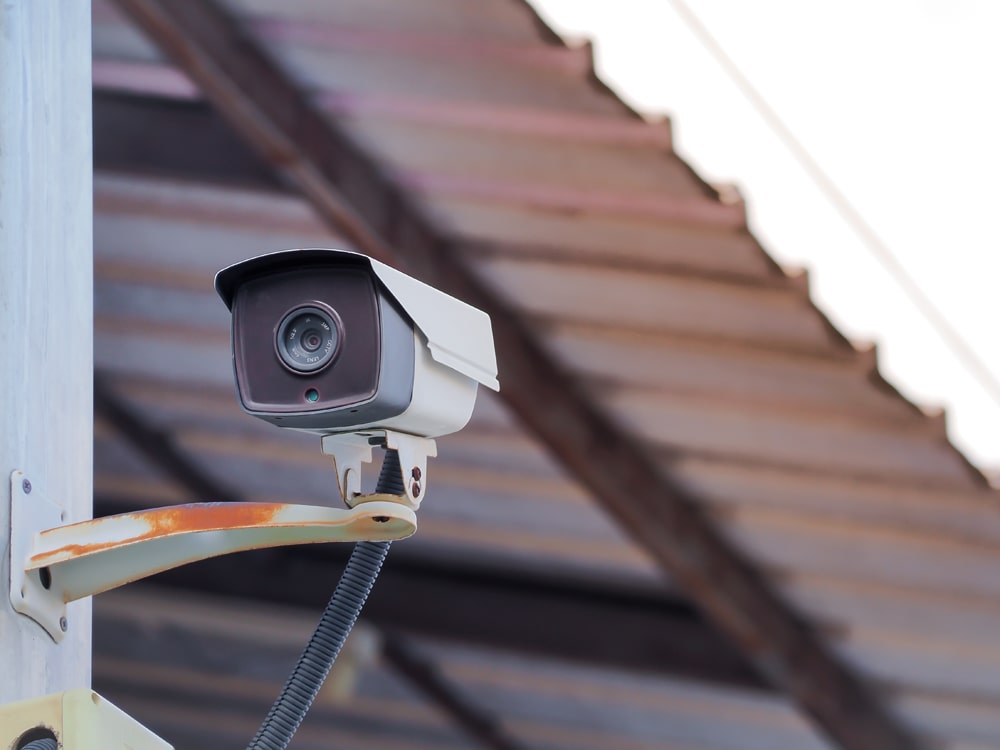What to Do When Moving to a House with a Pre-existing Security System
 November 23, 2020 Uncategorized 0 Comment
November 23, 2020 Uncategorized 0 Comment So you moved into a new house and discovered that the previous owner had already installed a security system. You’re quite unsure what to do about it and you’re wondering whether you can reconfigure it or just install a new one. The good news is that you can approach this dilemma in a couple of ways which will improve your home security and give you peace of mind whilst living in your new home.
Let’s take a look at what you can do with a pre-existing security system and how you can put it to good use.
Factors to consider when dealing with a pre-existing security system
Whether it’s a hardwired system or a wireless system, there are a couple of factors worth considering that will help you make an informed choice. These are:
- The age of the security system
Supposed that the security system was installed in less than 5 years, it’s likely that the components are still in good working order. On average, a security system has a lifespan of 10 years before the homeowner needs an upgrade. While it may not have all the latest security features, a fully-functioning system can help you save tremendous amounts of money and utilise it to its maximum lifespan before you upgrade to a new one.
However, some analog systems might not integrate well with smart home devices and IP cameras due to ancient technology. Consider the age of the security system and see if the components are still worth using before you decide to replace it.
- The security features you’re looking for
While it’s great that the house you moved into already has a pre-existing security system, it might not come with all the features you want/need. This is especially true if you want a personalised security solution for your intended applications.
For example, IP cameras are far better than analog cameras in terms of resolution and features. The former is capable of intelligent analytics for improved detection while the latter only records footage without advanced identification.
Remote access is also an important feature that’s usually not available on older security systems. Having the ability to monitor your home from virtually anywhere can prove invaluable, especially if you’re away for some time or are out on vacation.
- Service costs of the current security system
Some security systems are still under contracts with monitoring companies, so make sure to verify this with the previous homeowner before you make any changes to the system in general.
If the contract is still active, make sure to contact the monitoring company and ask them questions about the monthly fees, the services included in the contract, the renewal clauses and the contract’s expiry date. This is very important as you do not want to get locked in with a contract that you’re unhappy with.
What to do with a pre-existing security system
You have three main options when it comes to dealing with a pre-existing security system. Let’s take a look at what each option provides.
- Use the existing security system
Perhaps you’re satisfied with the current features that the security system has to offer. If this is the case, then you’re in luck because you’ll be able to save on costly installation. Just make sure to double-check all the components and devices so you don’t run into security issues later on.
The only two downsides are that you won’t be able to customise the security system and you’ll be tied to the contract the previous homeowner made with the security provider. Usually, this isn’t a problem if the security provider has a good track record with after-sales service and support.
- Upgrade the security system
The second option would be to upgrade the security system. Say you want to have remote access to your security cameras and install motion detectors around the house. You can contact the security provider and request an upgrade to have these features in place. Again, the benefit of this is the convenience factor in regards to installation since the security provider will only add a few key components to the system.
- Install a new security system
This option is the costliest but is generally the most recommended for homeowners who can afford a new security system. Installing a new system is better in all aspects because it provides a tailor-made solution according to your security needs. This means newer components, updated security features, and a contract that you’ll be happy to stick to for the long-term.
Security professionals will come into your home and highlight specific weak points that require serious attention. From there, they’ll create a comprehensive plan that covers everything you want or need in a security system.
Regardless of whether you plan on re-using the existing security system in your home or have a new one installed, make sure that it fits within your security requirements and it can serve you well for years to come.

